Why is sanitised feed critical to breeder performance and productivity?
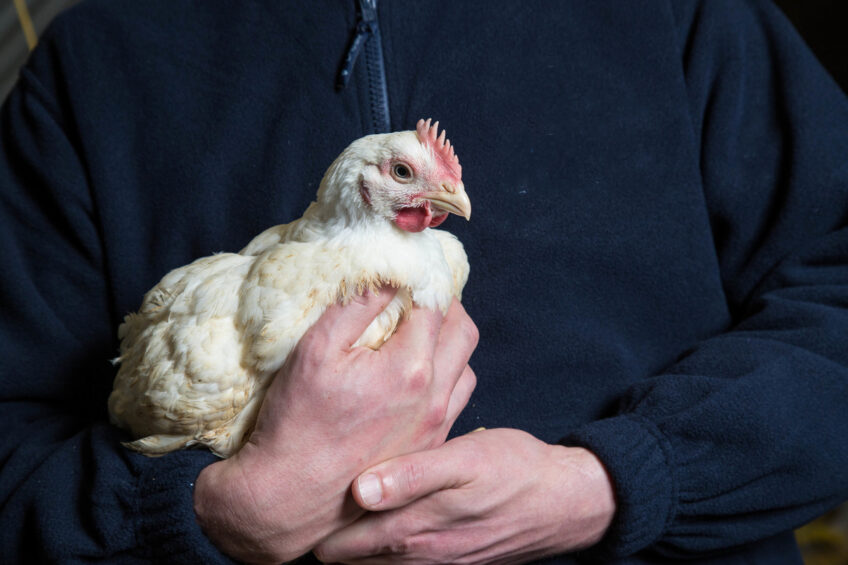
Growing successful broiler breeder flocks is an art where multiple strategies and attention to detail are put in place to ensure good bird health, optimal egg production and high-quality chick output. The rising trends for antibiotic-free poultry products have called for an upgrading of management practices at all levels to promote broiler breeder health and performance.
“Keeping up with changing consumer demands means broiler breeder production is exploring new methods to enhance breeder performance. In a sequence of events, inadequate management practices and disease challenges threaten flock uniformity that, in turn, compromises egg production, egg pack quality, overall livability of the flock and chick quality,” explains Dr Enrique Montiel, Anitox Global director of nutrition and live production.
“All these issues have been recently identified as shortfalls globally,” he adds. “Poor flock uniformity and increased disease incidence have led to decreased productivity, costing producers significantly. Research has found that diseases like Necrotic Enteritis have a significant impact on bird productivity, resulting in higher production costs due to feed and mortality rates. Gut health and bird growth are heavily influenced by feed quality and efficiency. Additionally, feed-source pathogens can harm gut health, cause enteric stress, and reduce feed conversion rates.”
Montiel continues to note that our understanding of feed as a fomite and source of pathogens is constantly advancing. “Recent studies emphasise the importance of controlling feed-source pathogens in broiler breeder production, particularly those that cause performance-limiting diseases. The Anitox Global Feed Database has provided us with sufficient evidence to confidently state that high microbial loads in feed and feed ingredients can increase the prevalence of pathogens. As a result, there is an increased risk of pathogen introduction.”
In the case of Clostridia perfringens, Montiel says that this can have a significant negative impact on bird health and performance, feed efficiency, weight gain, and production costs. “Over 2,000 samples of finished feeds and feed ingredients were thoroughly examined, and it was found that the incidence of C. perfringens varies greatly. Pelleted diets have an incidence of approximately 3.65%, whereas non-pelleted feeds can be as high as 55%. It is important to note that the heat generated during pelleting does not eradicate C. perfringens since Clostridium sporulates under heat stress.”
Imbalanced microbiomes compromises gut health
Healthy birds use energy and nutrients for growth and productivity. Digesting feed and absorbing nutrients necessary for growth and productivity require normal and healthy gut functions, most of which are influenced by the microbiota. Imbalanced microbiomes and compromised gut health can result from high microbial loads in feed. When pathogens infiltrate the gut, there is a risk of colonisation and immune response. This response forces birds to divert resources from growth and reproductive activities to immune response functions, which can be costly for producers.“Research has linked feed sanitation to enhanced performance metrics, diminished feed microbial loads in feed and fostered enteric health. The latest data assessing feed sanitiser Termin-8 not only verifies these findings, but also indicates that reducing feed microbial loads enhances important performance metrics such as body weight, feed conversion, mortality, and egg and chick quality,” says Montiel.
A study on feeding sanitised feed
Feed sanitation’s impact on broiler breeder reproduction, feed hygiene, eggshell contamination and chick livability was evaluated by University of Georgia researchers. According to the results, feeding hens sanitized feed during egg production can lower eggshell microbial loads, boost chick livability, and enhance chick quality (Figure 1).
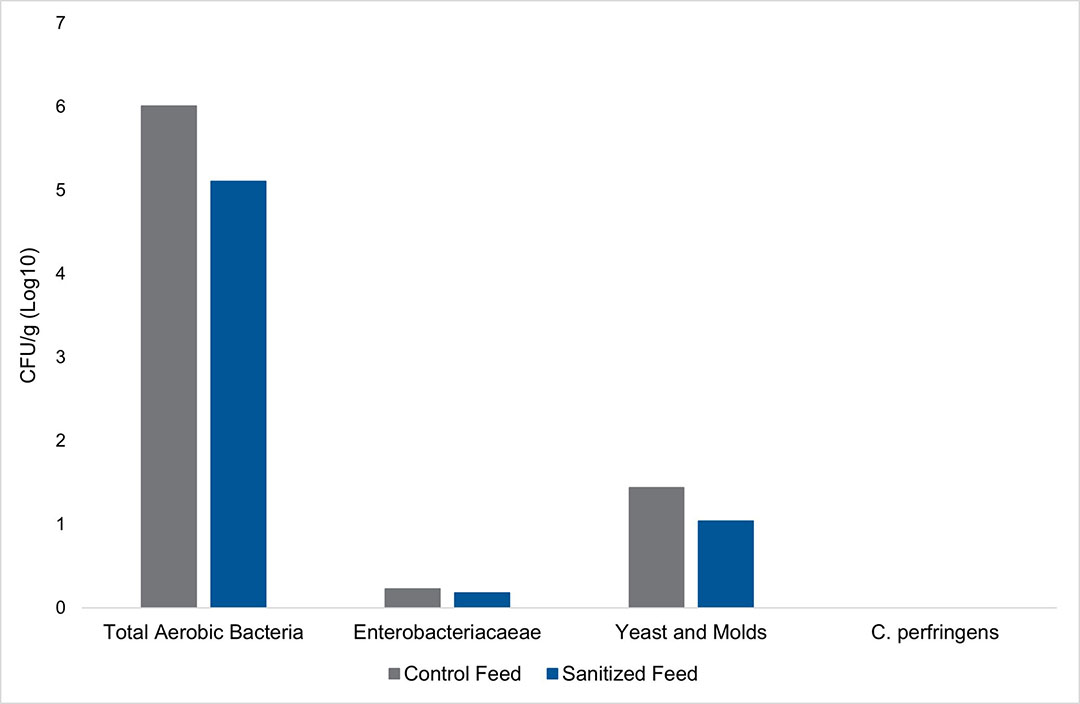
In this trial, breeders were given a diet treated with Termin-8 from 25-60 weeks of age. “The results were remarkable,” said Montiel, noting that when fed a sanitised diet, hen mortality decreased by nearly 50% during the late lay period compared to the untreated control (Figure 2).
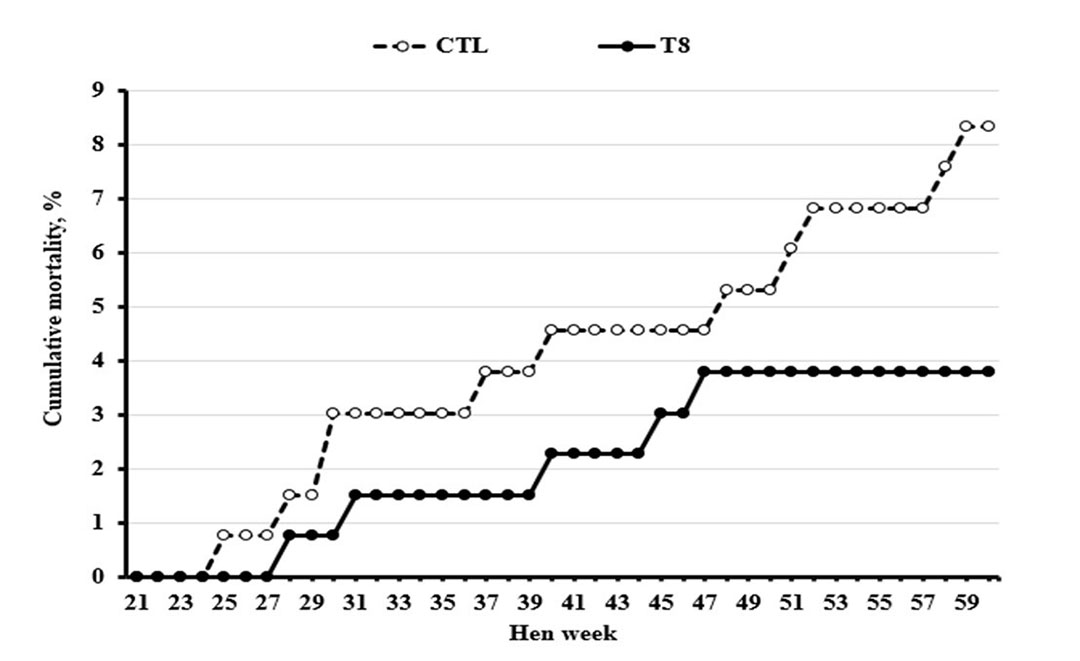
Moreover, he said, chicks that emerged from eggs produced by hens fed with sanitised diets were more likely to receive a Grade A quality rating compared to the control (Figure 3).
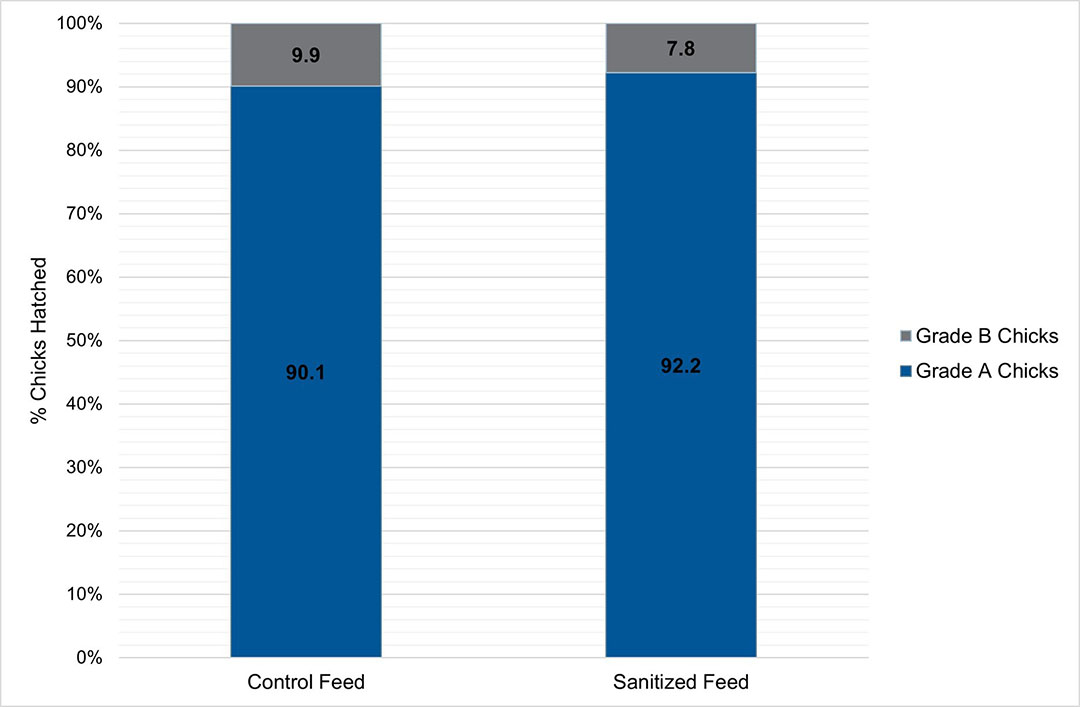
“This study suggests that feed sanitation has a long-lasting positive impact that improves chick quality at hatch and reduces early broiler mortality, particularly during late lay. Notably, there were significant improvements in chick quality, mainly resulting from lower eggshell microbial loads and reduced 7-day mortality. By controlling microbial loads within parent stock operations, higher quality eggs can be produced, resulting in healthier chicks for placement,” said Montiel.
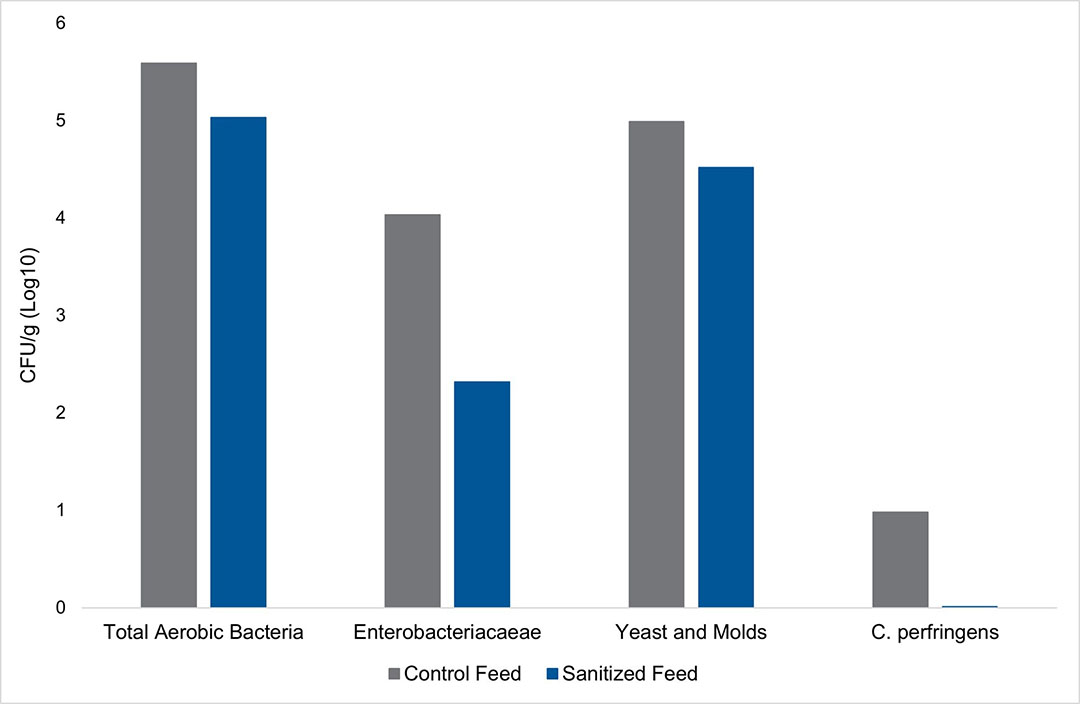
Clean feed is crucial
Keeping your feed clean and free of harmful pathogens is crucial for maintaining the health of your flock. By reducing microbial loads in your feed, you can effectively safeguard your birds from recontamination and promote long-term protection. Studies have shown feed sanitation can significantly reduce feed-source pathogens and provide recontamination protection for at least 14 days. Furthermore, decreasing microbial loads in feed with a feed sanitiser has been shown to enhance eggshell hygiene and improve chick quality and livability.
Feed sanitisers safeguard parent stock operations by shielding feed from pathogens until consumption, improving breeder health and performance. For more information on cost-effective feed sanitation, visit www.anitox.com.
Join 31,000+ subscribers
Subscribe to our newsletter to stay updated about all the need-to-know content in the poultry sector, three times a week. Beheer
Beheer



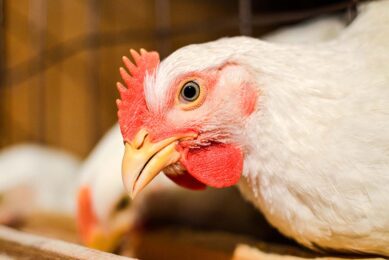
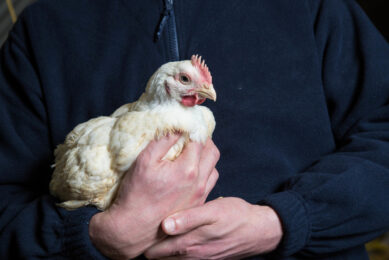
 WP Admin
WP Admin  Bewerk bericht
Bewerk bericht